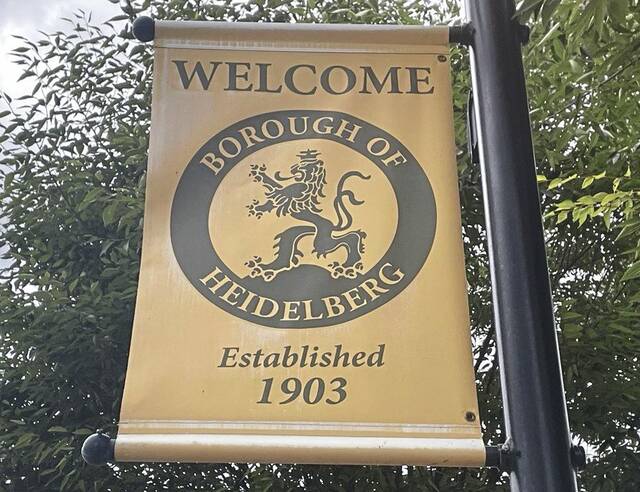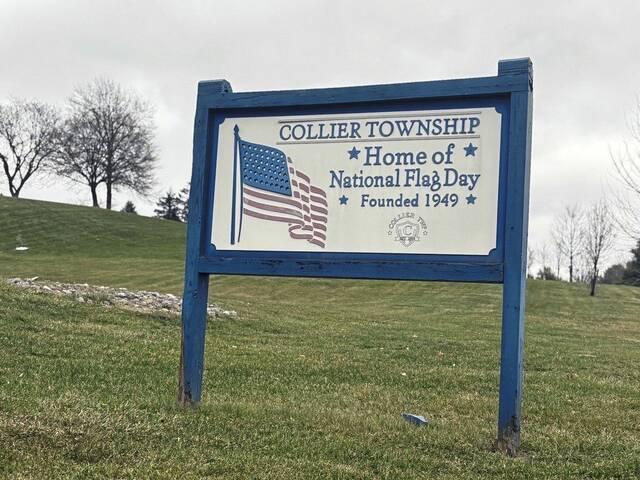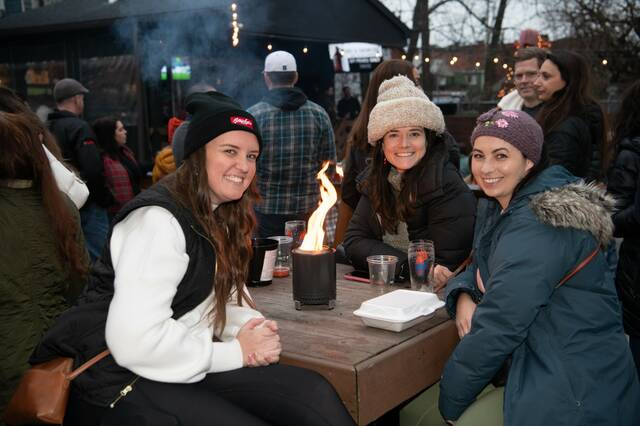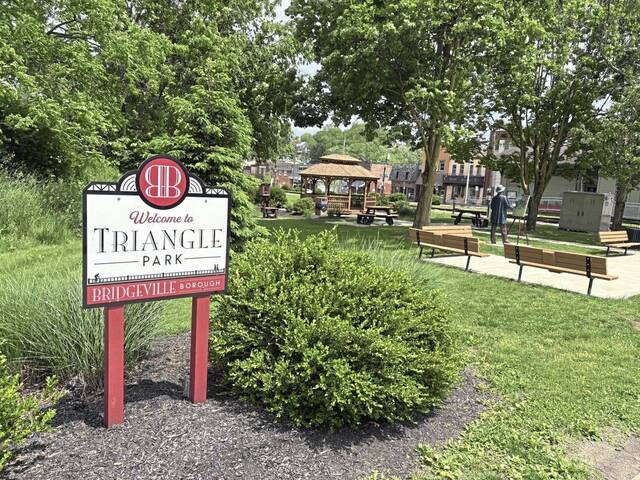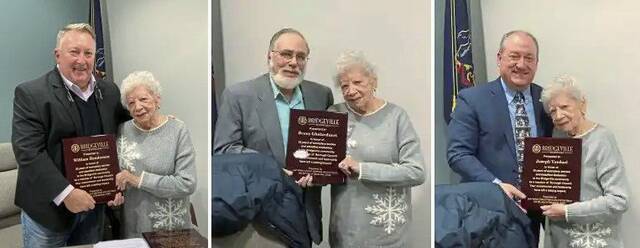Last month, the Bridgeville Area Historical Society presented a workshop on George Washington’s visit to Western Pennsylvania in 1784 as part of its “Second Tuesday” series.
Following the cessation of hostilities in 1783, Washington returned to civilian life at Mt. Vernon. The estate there was an extremely valuable property, 8,000 acres and four productive farms.
In addition, Washington had thousands of acres of property elsewhere. The portions that were developed had been left in the care of agents, many of whom he felt had not been good stewards of the property. Consequently, he decided to make a trip west to inspect his holdings in person.
Accompanied by Dr. James Craik and three servants, he headed west on Sept. 1, 1784. After visiting several properties in western Virginia, on Sept. 12 he arrived at his agent Gilbert Simpson’s plantation at Washington’s Bottom, now Perryopolis, Pa.
Washington’s 1,644 acres there were not generating the income he had anticipated. He decided to terminate his relationship with Simpson and attempt to sell or lease the property at public auction. A large group attended the auction, but no one bid on the property.
While at Simpson’s plantation, Washington was visited by a delegation of people living on his Millers Run property, attempting to ascertain his intentions about it. He promised to meet them at Millers Run later in the week. On Sept. 18, Washington and his party arrived at the estate of Col. John Canon, whom Washington described as “a kind hospitable Man; & sensible.”
Two days later, Washington visited the property, 2,813 acres near Venice. In 1771, Col.William Crawford had surveyed it and built a small cabin on it. At that time, the area was still claimed by both Pennsylvania and Virginia. Pennsylvanians encouraged a group of Scotch-Irish to settle on Washington’s land. They moved in, built cabins and barns, and generally improved the land, despite being warned by Crawford that they were squatters.
Washington dined with one of them (David Reed), and then met with the full group of 14 settlers to resolve their differences. Their spokesman, James Scott, reported that they felt their claims to the land were superior to Washington’s but that they would be willing to discuss a compromise.
It appears that the meeting was completely cordial, on both sides. Washington offered to sell his rights for 25 shillings an acre, the going rate for such property at that time. After some discussion, Scott replied courteously that they would prefer to have this settled in court.
Washington returned to Simpson’s plantation, then rode south to Beason Town (now Uniontown) to engage attorney Thomas Smith to represent him in litigation versus the squatters. He arrived back at Mt. Vernon on Oct. 1.
Two years later, Washington’s case against the squatters was heard by Pennsylvania State Supreme Court Justice Thomas McKean in Washington, Pa. The jury ruled in favor of Washington; the squatters then moved to other nearby sites. In 1796, Matthew Ritchie purchased the entire property for $12,000.
It is interesting to imagine Washington as he was in 1784. Then 52 years old, he was still thrilled at the prospect of exploring the frontier on horseback. One wonders if he had ambitions to become president of the new nation at this time.




